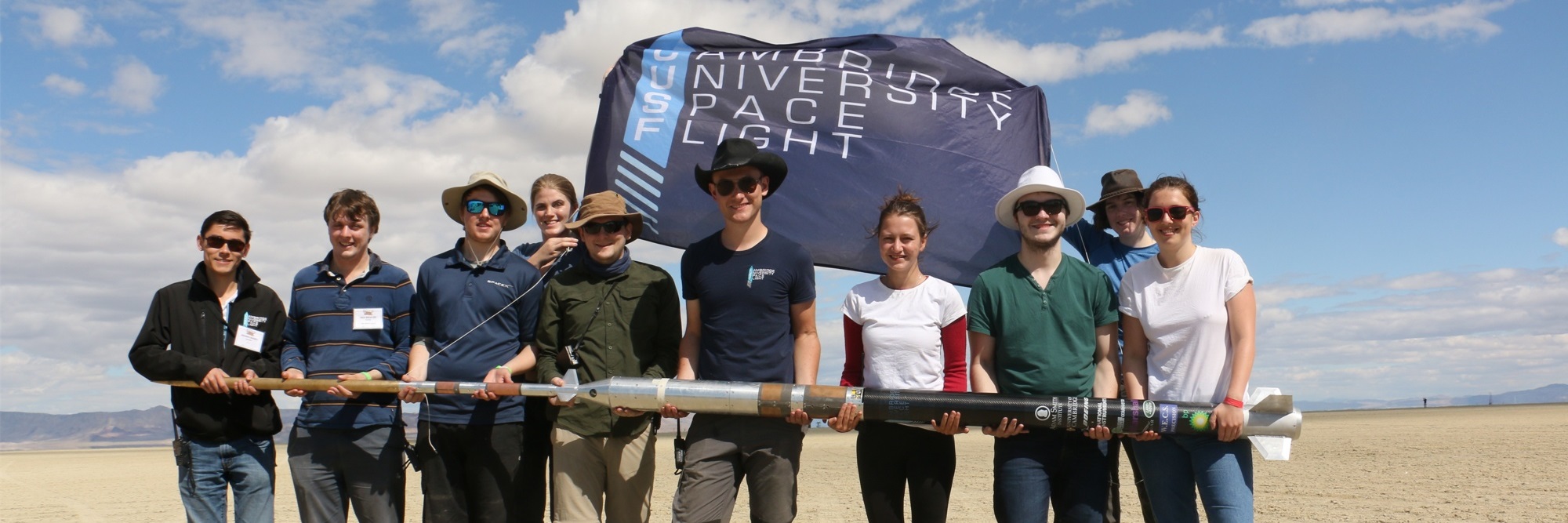Martlet 3
Martlet 3 launched in September 2017 in the Black Rock Desert, Nevada USA. Martlet 3 was a two-stage boosted dart style rocket designed to reach 11km flying an entirely custom avionics package. Weighing 40kg on the pad, with a rocket motor designed to produce an average thrust of 3.4kN for 6.2 seconds, Martlet 3 reached a max velocity of Mach 1.2. The rocket motor was bought off-the-shelf and unfortunately exploded several seconds into the burn. The 1st stage was destroyed in the explosion, but the dart was able to ride the shockwave of the blast and fly in a stable trajectory to 3.5km. Our avionics went beyond the call of duty, surviving the explosion, and the dart maintained live telemetry throughout the flight and correctly deployed parachutes for a safe recovery.
Radio
Antennas
Thought/Research Dump
We need
- A low profile antenna that doesn't get in the airflow
- A radiation pattern that ideally has telem going to the ground and GPS to the horizon and up
- Resonant on about 868MHz for telem and 1.6GHz for GPS
Problems include
- Rocket bodies all conductive so can't easily put an antenna inside
- Nosecones an option on boosters only, and even then they separate so not ideal
Some easily discarded designs/ideas
- Dipole on the outside. Wouldn't really work over a ground plane/metal
- Dipole or bazooka dipole inside. Doesn't work inside conductive tube
Possible options
- Slot (maybe with cavity)
- Folded F
- Patch array
- Cylindrical patch antennas
Probably the cylindrical patch is the best option. Some details...
- Dielectric permittivity sets the size of the patch, so higher would be better
- But higher dielectrics give lower bandwidths and efficiencies
- Also the dielectric gap has a small effect on the size, and a big effect on the bandwidth and efficiency
- We'd like a very small gap but that would give a very small bandwidth
- Radiation pattern is broadside from the rocket which is not ideal
- Various options for feeding - inset feed with a probe might match to 50R but is hard to do with multiple feedpoints. End feeding gives 200R impedance but we can use a microstrip feed network to match and distribute. This seems the most common approach
Link Budget
Rough Estimate, 0dBi transmit antenna gains
| Scenario | Scotland | Nevada |
|---|---|---|
| TX Power (dBm) | 13 | 30 |
| TX Gain (dB) | 0 | 0 |
| TX Loss (dB) | 3 | 3 |
| Distance (km) | 6 | 50 |
| Frequency (MHz) | 868 | 915 |
| FSPL (dB) | 107 | 126 |
| Misc Loss (dB) | 0 | 0 |
| RX Gain (dB) | 6 | 6 |
| RX Loss (dB) | 3 | 3 |
| RX Power (dBm) | -94 | -96 |
| RX Sensitivity (dBm) | -110 | -110 |
| Link Budget (dB) | 16 | 14 |
